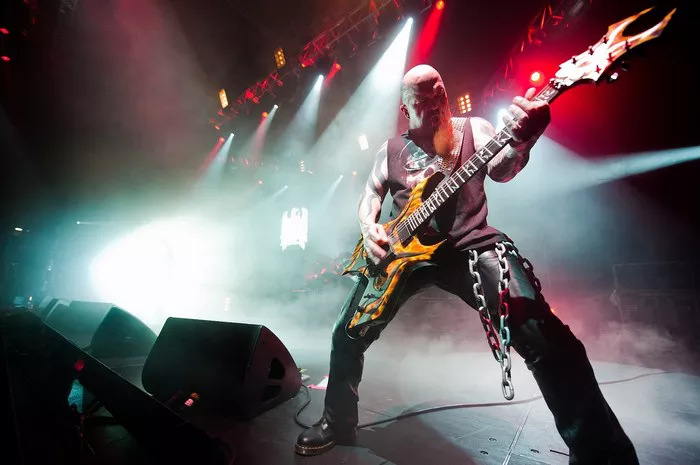Metal music, with its powerful riffs, aggressive vocals, and thunderous drums, is a genre that captivates audiences with its raw intensity. Amidst the whirlwind of sound, the choice of musical key plays a pivotal role in shaping the emotional impact of metal compositions. In this article, we delve into the significance of keys in metal music, focusing on the prevalent use of e minor and d minor. We explore how these keys contribute to the genre’s sonic identity and why they are often favored by metal artists seeking to amplify the intensity of their musical expression.
I. The Metal Manifesto: Speed, Intensity, and Keys
Metal music is a genre that thrives on its relentless energy and fierce intensity. The elements that define metal—fast-paced riffs, dynamic solos, and emphatic vocal delivery—are carefully orchestrated to create a visceral sonic experience. The choice of key is a crucial factor in heightening the emotional impact of metal compositions, driving home the feelings of aggression, passion, and urgency.
II. E Minor and D Minor: A Harmonic Odyssey
Within the metal landscape, e minor and d minor emerge as key players in shaping the sonic journey. The dark and melancholic qualities inherent in these keys align perfectly with the genre’s emotional palette. E minor, with its brooding undertones, creates an atmosphere of introspection and turmoil. D minor, on the other hand, carries a sense of urgency and tension, heightening the emotional intensity of a composition.
III. Riffs, Solos, and Keys: The Art of Metal Composition
The riffs in metal music are the backbone of its sonic landscape. Often characterized by their rapid fire and intricate nature, they serve as the driving force behind the music’s momentum. When paired with the keys of e minor or d minor, these riffs take on an even more evocative quality, resonating with listeners on a visceral level. Similarly, the solos, although described as “short and simplistic,” find a powerful voice within these keys, delivering moments of concentrated emotion amidst the sonic chaos.
IV. Metal’s Sonic Identity and Emotional Resonance
The prevalence of e minor and d minor in metal music is not coincidental. These keys align with the genre’s sonic identity, enhancing its emotional resonance and providing a canvas for artists to channel their creative expression. The intensity and aggression that define metal are heightened by the dark and dramatic qualities of these keys, creating an immersive experience that leaves a lasting impact.
FAQs about Keys in Metal Music:
Q1: Are e minor and d minor the only keys used in metal music?
While e minor and d minor are common in metal, the genre is not limited to these keys. Metal artists may explore various keys to achieve different emotional effects and sonic textures.
Q2: How does the choice of key impact the listener’s experience?
The choice of key influences the emotional impact of a composition. Keys like e minor and d minor evoke specific feelings that align with the intensity and passion of metal music.
Q3: Can the choice of key change the perception of a metal song?
Absolutely. The choice of key can significantly alter the mood and emotional resonance of a metal song. A different key can provide a fresh perspective on a composition, even if the musical elements remain similar.
Conclusion
Metal music’s sonic tapestry is woven from a complex interplay of elements, with the choice of key serving as a foundational layer. The prevalence of e minor and d minor in the genre speaks to their ability to amplify the emotional intensity and energy that define metal music. These keys, with their dark and dramatic qualities, create a sonic backdrop that resonates deeply with listeners, forging a connection between artist and audience. As metal continues to evolve, the harmonious marriage between keys and intensity remains a cornerstone of the genre’s enduring appeal.

